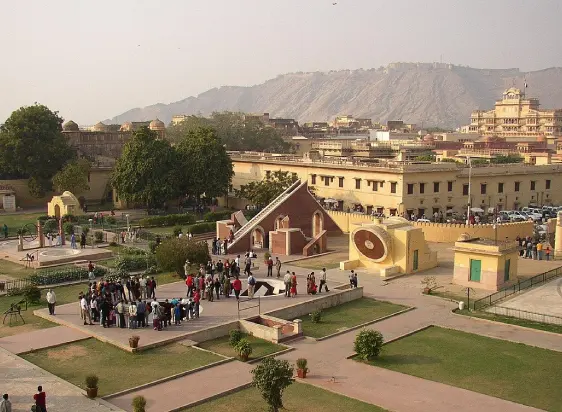
India, being a science- and culture-rich and tradition-rich nation, has played an integral part in the history of astronomy. One of the finest examples among them is Jantar Mantar, a series of astronomical observatories built in the 18th century by Maharaja Jai Singh II. These observatories were a union of science, architecture, and time-measuring methods that were light years ahead of their time. This blog is about the history, significance, architectural genius, and scientific importance of Jantar Mantar. Travel to India is here to guide you.
Jantar Mantar was commissioned by Maharaja Sawai Jai Singh II, the Jaipur ruler, in the early 18th century. Being a keen astronomer and scholar, Jai Singh II wanted to refine astronomical calculations, which were important for astrology, time, and calendar construction. He built five observatories in India, at Delhi, Jaipur, Ujjain, Mathura, and Varanasi, between 1724 and 1735. Of these, the Jaipur observatory is the biggest and best preserved.
Jai Singh II was interested in European and Islamic astronomy and aimed at improving astronomical methods and tables. He studied the work of such great astronomers as Ulugh Beg and Ptolemy and used their method of making very precise instruments. The scientific justification for Jai Singh building Jantar Mantar was supplemented by enabling astrological calculations, which were of the utmost significance to Indian traditions.
Jantar Mantar observatories are also renowned for their enormous geometrical structures constructed nearly wholly of marble and stone. Not only a visual spectacle, but they are precise instruments utilized to measure time, gaze up at the heavens, and forecast celestial phenomena. Among the most significant instruments in Jantar Mantar are:
Samrat Yantra – Largest sundial with precision to even two seconds. It's a huge equilateral triangular gnomon in which the hypotenuse is laid parallel to the axis of the Earth.
Jaiprakash Yantra – Hemispheric tower for specific identification of heavenly bodies. It is made of concave hemispherical disks inscribed with points of the coordinate system, which witnesses mark the journey of the planets.
Rama Yantra – Employed to determine the altitude and azimuth of stars. They are open tubes directed towards the sky, allowing astronomers to directly identify stars.
Narivalaya Yantra – Two ring instruments to determine the time based on the movement of the Sun. They are utilized to measure the solar declination and maintain proper records of time.
Misra Yantra – Composite instrument to measure the shortest and longest days of the year. It uses various modes of measurement to deliver three-dimensional celestial data.
All these instruments were mathematically precise in construction, as per ancient Hindu and Islamic astronomical calculation. The observatories were trigonometric and geometric and delivered precise celestial measurements without telescopes.
Jantar Mantar was built after European as well as Islamic astronomy had already seen the discovery of mechanical clocks and telescopes. Nevertheless, Jai Singh II made use of naked-eye observations to make astronomy more accurate. The observatories employed to provide information regarding the positions of the planets, eclipses, and equinoxes and played a noble function in Indian astronomy.
The Jantar Mantar instruments remain astounding scientists and historians because they demonstrate the creativity of pre-modern observational astronomy. They reveal how ancient societies relied on geometrical and trigonometric methods to monitor celestial movement without recourse to modern technology. The observatories went a long way towards making astronomical tables more precise, which were used for navigation, astrology, and agricultural calendars.
Jaipur Jantar Mantar was a UNESCO World Heritage Site announced in 2010 for its strange cultural and scientific importance. The observatories remain one of the world's most popular destinations for tourists such as historians, astronomers, and architecture lovers. They are currently being utilized to teach and learn India's rich astronomical heritage.
Even though some of the buildings have deteriorated due to environmental factors and urbanization, restoration is underway to preserve their integrity. The Indian government and other societies dedicated to heritage conservation are working towards restoring the instruments to functional condition so that they can be made accessible to future generations. Conducted tours and interactive exhibits have been added to other programs intended to educate individuals on the scientific and historical significance of Jantar Mantar.
Jantar Mantar is an epitome of India's scientific knowledge and architectural skill. It is a testimonial to the vision of Maharaja Jai Singh II and the age-old interest of Indians in astronomy. Though the observatories are centuries old, they still give rise to wonder and curiosity about the universe.
The observatories provide a fantastic example of how science and architecture meet in sync. No matter if one is an engineering marvel, a scientific tool, or old historical monument, Jantar Mantar remains a permanent witness to the genius and ingenuity of the human intellect. Its heritage is still present today and refuses to be brought into play using the findings by contemporary scientific work.

Best Places and Times for a Spiritual Trip in the Golden Triangle
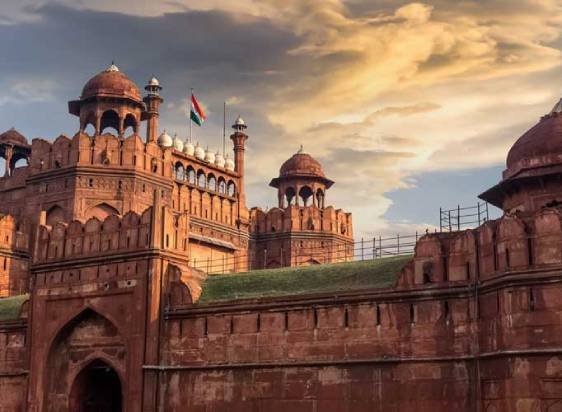
How Do I Plan a Luxury vs. Budget-Friendly Trip to the Golden Triangle?

Unexplored Tourist Places in Rajasthan
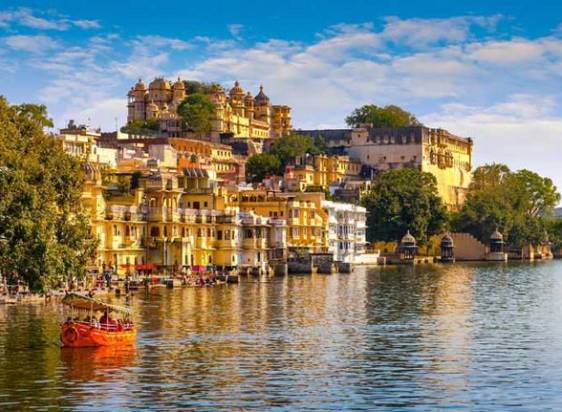
Explore the Best Family-Friendly Destinations in Rajasthan

The Ultimate Shopping Guide: Best Markets in Delhi
.webp)
Places to Visit in Jaipur
.webp)
Places to Visit in Jaisalmer
.webp)
Places to Visit in Jodhpur
.webp)
Places to Visit in Udaipur
.jpg)
Top 10 Best Places in India for Family / for Couples

10 must-see places in Jodhpur
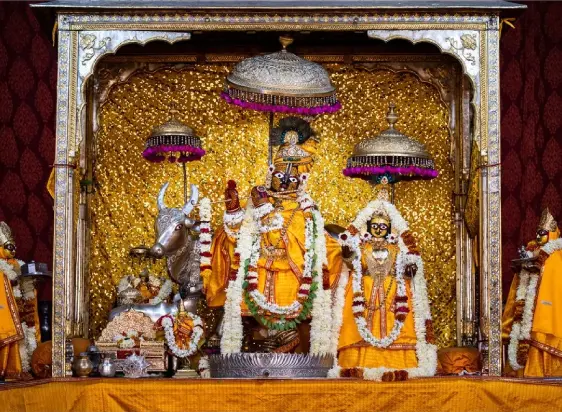
Govind Dev Ji Temple Jaipur

Nahargarh Fort Jaipur
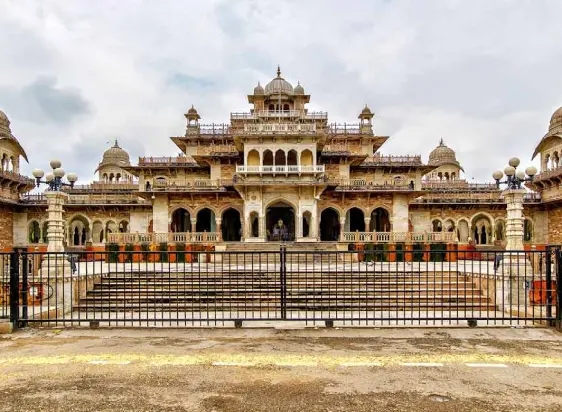
Albert Hall Museum Jaipur

Jantar Mantar Jaipur
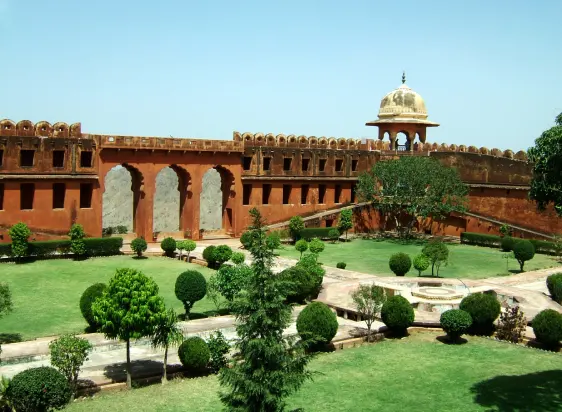
Jaigarh Fort Jaipur

Places to visit in Golden Triangle India

Places to visit in India
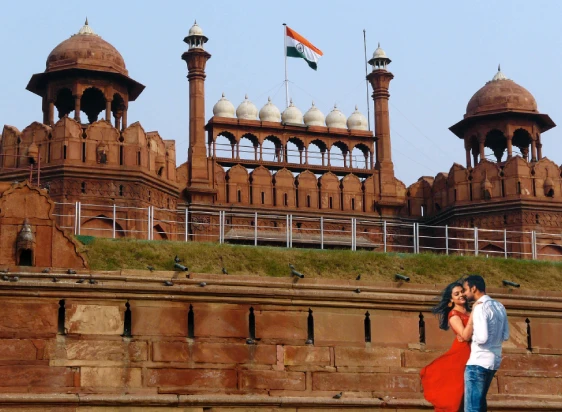
Ultimate Guide to the Golden Triangle Tour
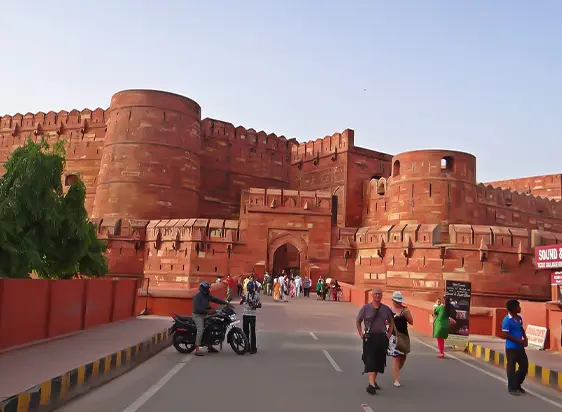
Places to visit in Agra

Places to Visit in Delhi

City Palace Jaipur
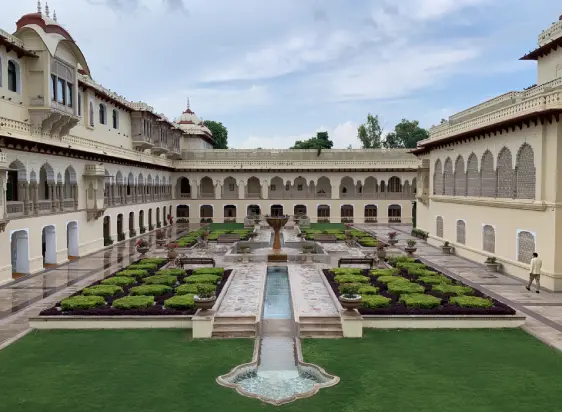
Rambagh Palace Jaipur

Hawa Mahal Jaipur

Amer Fort Jaipur
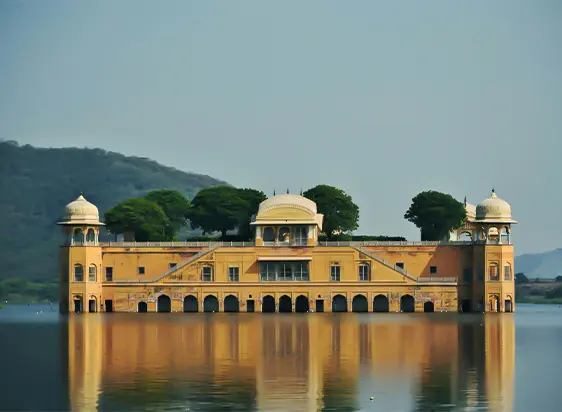
Jal Mahal Jaipur
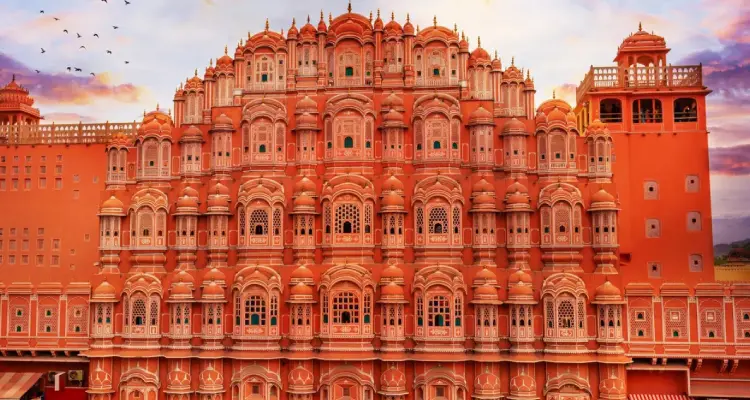
Best Places to Visit in Jaipur

Best Places to Visit in Jaisalmer

Best Places to Visit in Udaipur
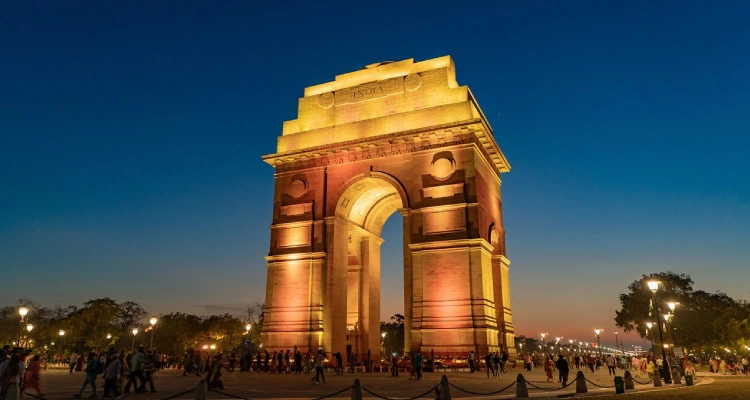
Tour And Travels in India

Tips for Solo Female Travelers in Rajasthan

Discover the Unseen Places in Rajasthan